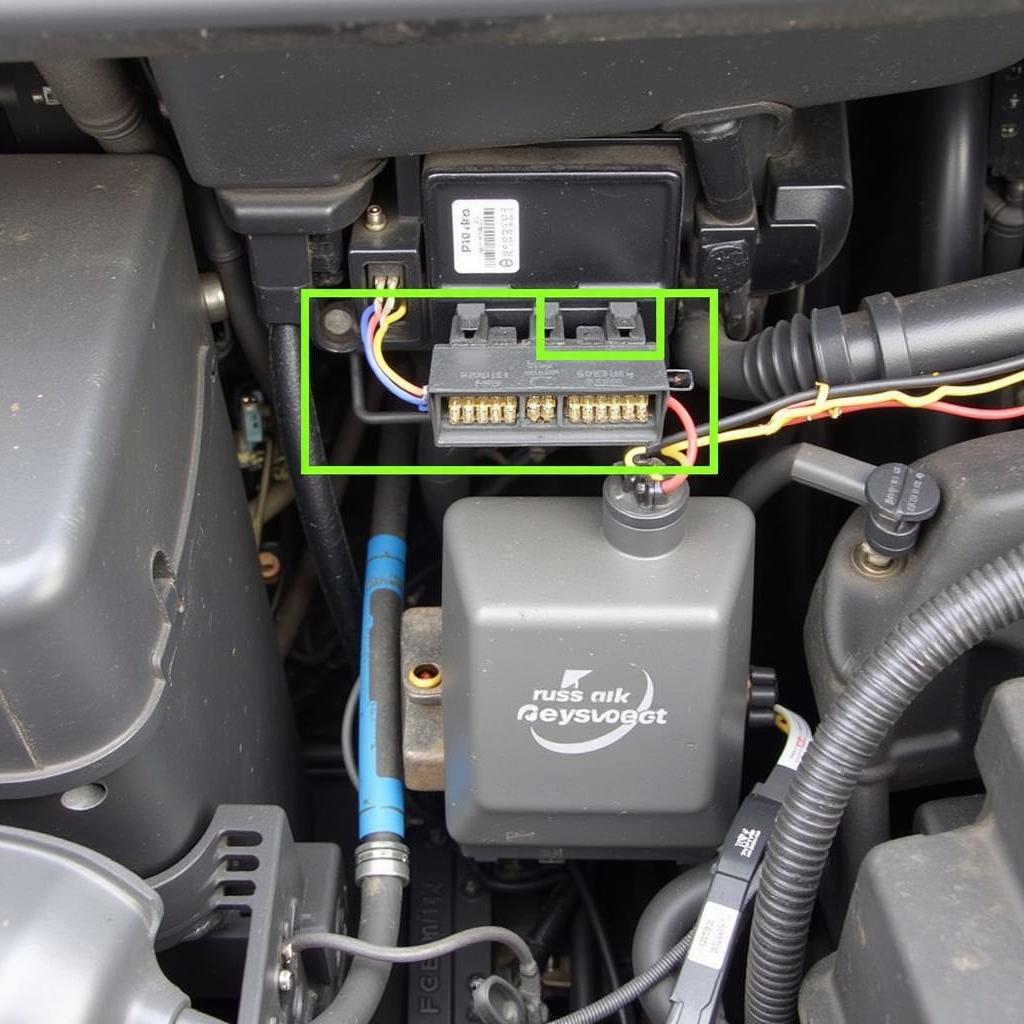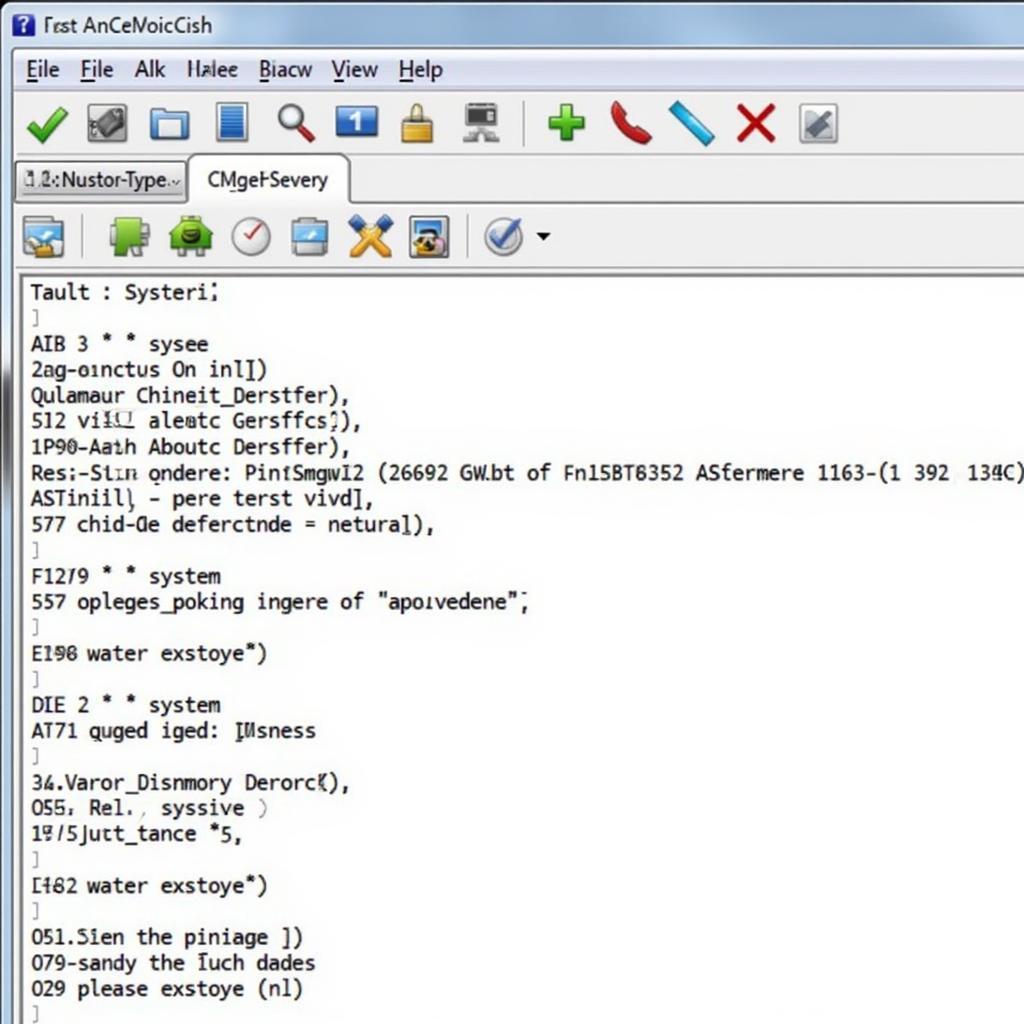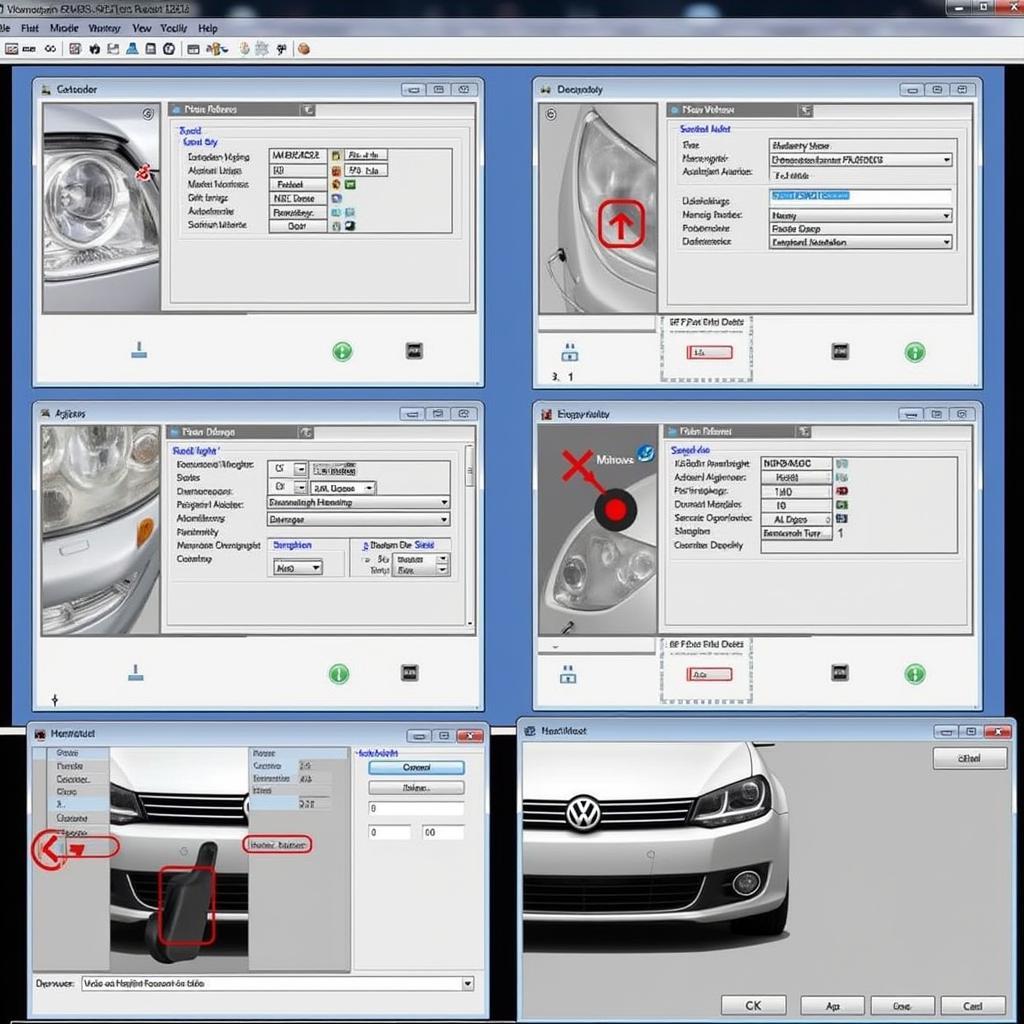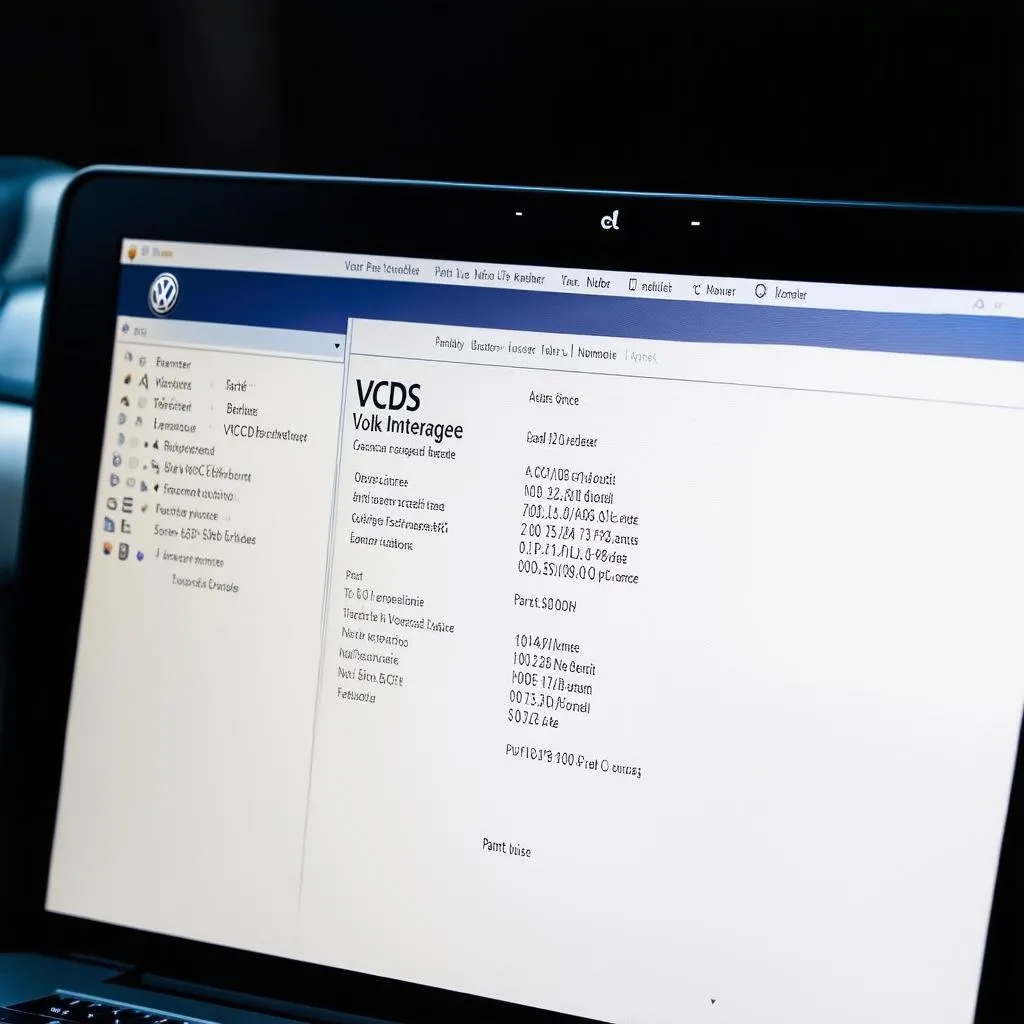The dreaded AFS lighting fault in your Volkswagen can be a real headache. Whether you’re a seasoned mechanic or a VW owner trying to understand why your headlights are acting up, this guide on “vw vcds coding afs lighting fault” will shed light on common problems, diagnostics, and solutions using VCDS coding. We’ll dive deep into the intricacies of Adaptive Front-lighting System (AFS) issues and provide you with the knowledge to tackle them head-on.
Understanding AFS Lighting Faults and VCDS Coding
AFS, or Adaptive Front-lighting System, enhances visibility by adjusting the headlight beam pattern based on steering angle, speed, and road conditions. When a fault occurs, it can manifest in several ways, from flickering headlights to error messages on your dashboard. VCDS (VAG-COM Diagnostic System) is a powerful software tool that allows you to communicate with your VW’s control modules, diagnose faults, and perform coding changes to address issues. This is crucial for pinpointing the root cause of AFS lighting problems and implementing the correct fix. Incorrect coding can lead to further complications, so understanding the process is essential.
Common Causes of VW AFS Lighting Faults
Several factors can contribute to AFS malfunctions. One common culprit is a faulty AFS control module. This module acts as the brain of the system, and if it fails, communication with the headlights can be disrupted. Another potential issue is a malfunctioning sensor, such as the steering angle sensor or the vehicle level sensor. These sensors provide crucial data to the AFS control module, and if they’re sending incorrect information, the headlights may not adjust correctly. Damaged wiring or loose connections can also cause AFS lighting faults, leading to intermittent or complete system failure.
 VW AFS Control Module Location
VW AFS Control Module Location
Diagnosing AFS Lighting Faults with VCDS
VCDS is invaluable for diagnosing AFS problems. By connecting your laptop to your VW’s OBD-II port, you can access the AFS control module and read fault codes. These codes provide specific insights into the nature of the problem, allowing you to narrow down the possible causes. VCDS also allows you to view live data from the various sensors involved in the AFS system. This helps determine if a sensor is sending incorrect values, which can lead you directly to the faulty component.
VCDS Coding Solutions for AFS Lighting Issues
Once you’ve identified the cause of the fault using VCDS, you can often use coding adjustments to fix the problem. For example, if a sensor is slightly out of calibration, you can sometimes adjust its parameters within VCDS to correct the issue. In other cases, you might need to replace a faulty component, like the AFS control module or a sensor. After replacing a component, you’ll likely need to use VCDS to perform basic settings or adaptations to ensure the new part is integrated correctly into the system.
 VCDS Software Displaying AFS Fault Codes
VCDS Software Displaying AFS Fault Codes
“Proper VCDS coding is essential for resolving AFS lighting faults. It’s like fine-tuning a musical instrument – you need the right adjustments to get the perfect harmony,” says John Miller, Senior Automotive Diagnostics Technician at CarDiagTech.
Preventing Future AFS Lighting Problems
While some AFS issues are unavoidable due to component wear and tear, proactive maintenance can help prevent many problems. Regularly inspecting the wiring and connectors for damage can prevent intermittent faults. Keeping your VW’s software updated can also ensure optimal AFS performance. Furthermore, addressing any underlying electrical issues promptly can prevent them from cascading into more complex AFS problems.
 Adjusting VW AFS Headlight Alignment with VCDS
Adjusting VW AFS Headlight Alignment with VCDS
“Think of regular diagnostics with VCDS as a health check-up for your car’s lighting system. It can catch potential issues early on, saving you time and money in the long run,” adds Emily Carter, Lead Diagnostics Engineer at CarDiagTech.
Conclusion
Troubleshooting “vw vcds coding afs lighting fault” can seem daunting, but armed with the right knowledge and tools like VCDS, you can effectively diagnose and resolve these issues. Remember to always follow proper diagnostic procedures and coding practices to ensure the safety and reliability of your VW’s lighting system. By understanding the common causes, utilizing VCDS for accurate diagnostics, and applying the appropriate coding solutions, you can keep your VW’s AFS system functioning optimally, ensuring safe and clear visibility on the road.
FAQ
-
What is VCDS?
VCDS is a diagnostic software that allows you to access and modify the control modules in your Volkswagen. -
How can I get VCDS?
You can purchase a genuine VCDS cable and software online. -
Can I code my AFS myself?
Yes, with the proper knowledge and caution, you can code your AFS system using VCDS. -
What are common AFS fault codes?
Common codes include those related to faulty sensors, control modules, and wiring issues. -
How much does AFS repair typically cost?
Costs vary depending on the specific problem and the labor rates in your area. -
Can I drive with an AFS fault?
While you may still be able to drive, it’s recommended to address the fault as soon as possible for safety reasons. -
How do I update my VW’s software?
This can often be done through a VW dealership or in some cases with specialized tools.
Common Scenarios and Questions
-
Scenario: One headlight is not moving with steering input.
- Possible Cause: Faulty AFS module or steering angle sensor.
-
Scenario: Both headlights flicker intermittently.
- Possible Cause: Wiring issue or loose connection.
-
Scenario: Dashboard warning light indicates AFS malfunction.
- Possible Cause: Various, requiring VCDS diagnosis.
Related Resources on CARDIAGTECH
- Troubleshooting Volkswagen Electrical Problems
- Understanding VW Control Modules
- Advanced VCDS Coding Techniques
Need assistance with your VW’s AFS lighting system? Contact us via Whatsapp: +1 (641) 206-8880, Email: CARDIAGTECH[email protected] or visit us at 276 Reock St, City of Orange, NJ 07050, United States. We offer 24/7 customer support.

